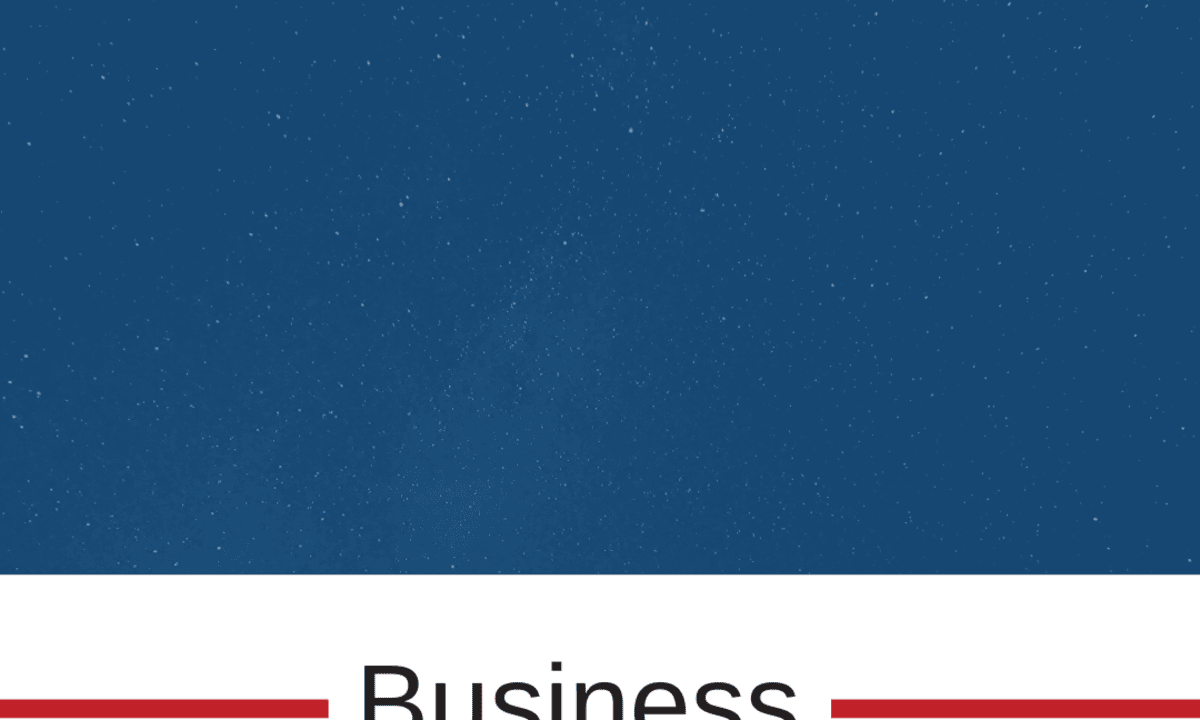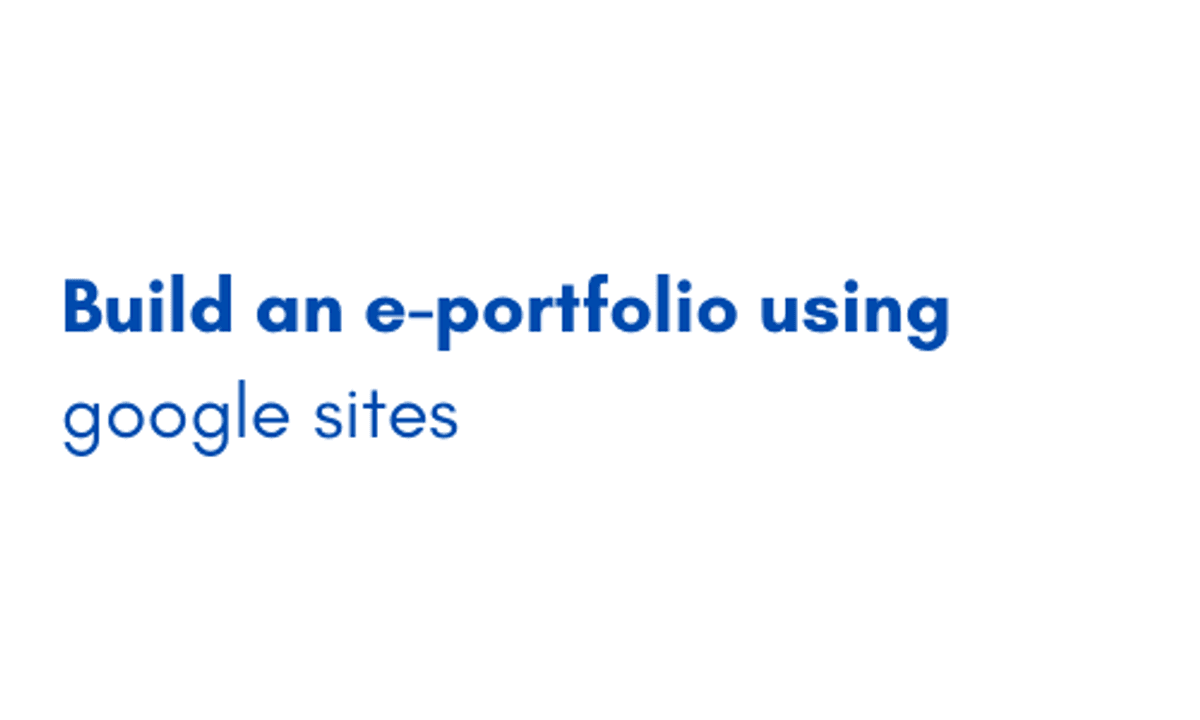GRATIS
Acerca de este curso
- Plan a responsive website
- Get started with the basics of responsive web design. To create a responsive website, you’ll follow the steps of the UX design process: empathize, define, ideate, prototype, and test. In this part of the course, you'll complete the empathize and define phases.
- Create and test prototypes
- Now that you’ve created digital wireframes, it’s time to build, test, and iterate on a low-fidelity prototype. First, you'll learn how to build a low-fidelity prototype. You’ll get feedback about your prototype by planning and conducting a usability study. Then, you'll make changes to your low-fidelity designs based on insights from your research.
- Participating in design critique sessions
- After you’ve empathized with users, defined the user problem to solve, and begun to ideate possible solutions, it’s time to bring your ideas to life in wireframes. Your responsive website will have different layouts, depending on the device and screen size you’re designing for, so you'll create lots of different wireframes. First, you'll explore common website layouts, and you'll create paper wireframes. Next, you'll get to know a few elements and components that are commonly used in responsive website design. Then, you'll transition to create digital wireframes. Finally, you’ll update and refine your wireframes to enhance accessibility.
- Document design work and search for jobs
- With your responsive website designs complete, you'll be ready to share your work with others. To start, you’ll learn how to prepare and handoff designs to engineers, who will build the final product. You’ll also add a case study to your professional UX portfolio featuring your responsive website designs. Then, you'll pivot to focus on your big picture goal: getting a job as a UX designer. You'll learn tips and tricks to scan job postings, and you'll create a compelling resume that highlights your new UX skills.
Cursos relacionados

GRATIS Aprendiendo a aprender: Poderosas herramientas mentales…
Deep teaching solutions
Español

GRATIS Programación para todos (Introducción a Python)
University of Michigan
Inglés

GRATIS The Science of Well-Being
Yale
Inglés

GRATIS Negociación exitosa: Estrategias y habilidades esenciales
University of Michigan
Inglés

GRATIS Primeros Auxilios Psicológicos (PAP)
Universitat Autónoma de Barcelona
Español



